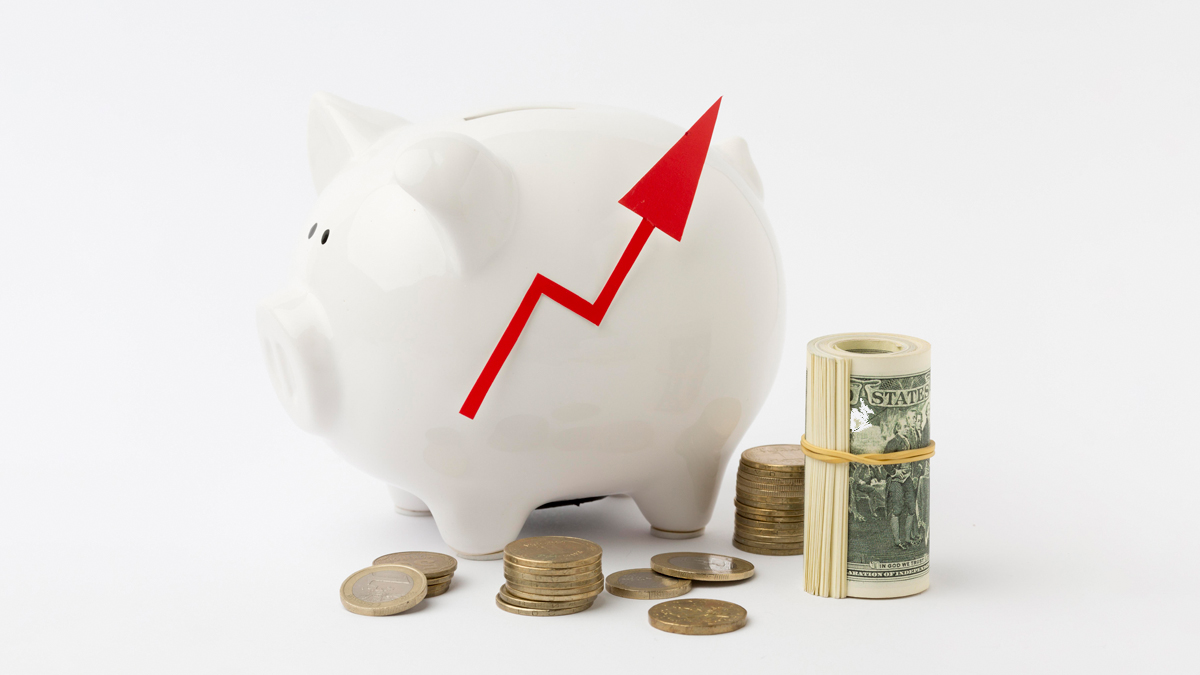Finances
Stakeholders vs Shareholders: Understanding the difference
If you are trying to figure out the difference between stakeholders and shareholders, look no further. We're going to help you with that.
Advertisement
If the definition of each term is not clear to you, we are going to give you a hand in figuring it out

It’s important to understand the differences between shareholders and stakeholders. While these terms are often used interchangeably, they represent two distinct roles.
Warren Buffett’s first experience as a shareholder was at the age of 11 when he purchased six shares of CITGO stock for $38 each in the spring of 1942.
Despite his ownership of the company, he was not a key stakeholder, and the company likely did not know him at that time.
A shareholder owns stock in a company, whereas a stakeholder has a vested interest in a specific project and its success or failure can impact them.
When making decisions, it’s crucial to consider the needs of all stakeholders. This ensures that you are taking their interests into account and that the project is successful in achieving its goals.
Shareholders and stakeholders may overlap, they are not the same thing. This article is going to help you understand the difference between them.

Stocks as an Investment: Is it a good idea?
Before investing in stocks it's important to know a few basic things. In this article, we're going to help you understand the ins and outs so you can safely invest.
Understanding Shareholders: What They Are and What They Do
When you buy shares of a company, you become a shareholder and own a portion of that organization.
As a shareholder, you have a vested interest in the company’s performance because higher stock prices mean higher profits when you sell your shares.
Shareholders receive different benefits based on the type of shares they own. Common stockholders have the right to vote on company policies such as mergers and acquisitions, and elect members to the company’s board of directors.
However, the number of shares you own determines the amount of influence your vote carries. Therefore, large investors have the most power to influence the company’s overall strategy.
In addition to voting rights, shareholders may also receive dividends as a return on their investment. However, maximizing financial returns is the primary goal of most shareholders.
Becoming a shareholder is an important decision, and it’s crucial to understand the responsibilities and benefits that come with it. By owning a piece of the company, you become an active participant in its success or failure.
You will be redirected to another website
By submitting this form, I agree that I am 18+ years old and I agree to the Privacy Policy and Terms and Conditions. I also provide my signature giving express consent to receive marketing communications via automated emails, SMS or MMS text messages and other forms of communication regarding financial products such as credit card and loans. Message frequency varies and represents our good faith effort to reach you regarding your inquiry. Message and data rates may apply. Text HELP for help or text STOP to cancel. I understand that my consent to receive communications is not a condition of purchase and I may revoke my consent at any time.
Common and Preferred Stock: What’s the Difference?

When buying stock, it’s important to understand the differences between common and preferred shares. You can purchase both through a brokerage account, but they offer different benefits.
Common shareholders own common stock, which typically yields higher long-term returns and gives shareholders a part ownership in the company.
As a common shareholder, you have the right to vote on corporate policies and elect members of the board of directors.
However, you also take on more risk. If a company is liquidated, common shareholders are last in line to claim assets.
They are placed after bondholders, preferred shareholders, and other debtholders have been paid in full.
On the other hand, preferred shareholders own preferred stock, which guarantees an annual dividend payment but typically yields lower long-term gains.
Preferred shareholders generally cannot vote on policies or elect board members, but they also take on less risk. In the event of liquidation, preferred shareholders are first in line to claim assets before common stakeholders.
Understanding the differences between common and preferred stock is crucial when deciding where to invest your money.
You must carefully consider the benefits and risks that come with each type of stock, so that you can make good decisions that align with your financial goals.
Stakeholders and Their Role in Project Management
Projects involve a diverse group of stakeholders who can impact or be impacted by the outcome of the project.
While we commonly associate stakeholders with project management, they can take on many different forms beyond team members.
For instance, shareholders can be stakeholders if the project’s outcome affects stock prices. You can find stakeholders at different levels of an organization, from independent contributors to executives.
Furthermore, external agencies and customers can also be stakeholders. This means the project’s results directly affect them.
In order to collaborate effectively and ensure the success of a project, it is essential to identify and consider the needs of all stakeholders involved.
The Two Types of Stakeholders

Stakeholders come in two types: internal and external. Internal stakeholders are people who have a direct relationship with your company. They can be your teammates, cross-functional partners, and shareholders.
External stakeholders, on the other hand, are people who don’t have a direct relationship with your company. This includes customers, end users, and suppliers.
Despite being outside your organization, your project still affects them in some way. For example, ramping up a manufacturing project would require additional resources from suppliers.
Shareholders and stakeholders are two terms that we often use interchangeably, but they have significant differences.
While both groups have a financial interest in your company, their priorities and timelines are different.
Shareholders prioritize financial returns and aim to increase revenue and stock prices. In contrast, stakeholders have a broader focus that extends beyond financial gain.
Internal stakeholders prioritize project success and career advancement, while external stakeholders want to benefit from your project in various ways, such as receiving good products and experiencing quality customer service.
Moreover, shareholders and stakeholders have different timelines for achieving their goals. Shareholders focus on short-term goals that impact stock prices.
This allows them to sell their shares easily and switch to another company for a much more profitable price.
In contrast, stakeholders want to see long-term organizational success. They don’t worry so much about fluctuations in stock prices and focus more on maintaining a mutually beneficial relationship with your company.
For instance, employees want to work for a company that treats them well, while customers want to receive a product they like. Further, suppliers want to continue their relationship with your company and profit from it long-term, and so on.
Why you should prioritize stakeholders
As a project lead or program manager, prioritizing stakeholders can lead to more sustainable and healthy relationships with employees and partners.
While shareholders are important for a company, they often focus on short-term goals that impact stock prices. The long-term health of the company is not their fundamental concern.
Prioritizing short-term wins and revenue gains over everything else could potentially sacrifice company culture, business relationships, and customer satisfaction.
Stakeholder theory helps managers act responsibly towards their employees, customers, and business partners.
By prioritizing immediate project stakeholders (both internal and external), managers can create better work environments. They can promote employee well-being and customer satisfaction.
When employees feel heard and valued, they feel more motivated to do their best work and help projects succeed. Research shows that only 15% of workers feel completely heard by their organization.
However, prioritizing stakeholders can help managers boost that number. Managers can build sustainable and healthy relationships with all of their employees and partners.
Prioritize investing in the future instead of aiming for quick wins. And to learn even more about stakeholders, read the following content we’ve made entirely about them.

What is a stakeholder in simple terms?
Looking for a definition of stakeholder in simple terms? You have come to the right place. Read on and find out!
About the author / Danilo Pereira
Trending Topics

Mission Money Visa® Debit Card review
If you’re looking for an easy and fee-free debit card to add to your wallet, the Mission Money Visa® Debit Card is a fantastic option!
Keep Reading
Quicksilver Rewards Card application
Getting the Quicksilver Rewards Card from Capital One is simple and easy. Learn how to apply today and get started on earning rewards!
Keep Reading
Financial planning for beginners: an easy guide
Learn how to plan for the future, whether it is for the long or short term. With our tips on financial planning for beginners, you can do it!
Keep ReadingYou may also like

TymeBank Credit Card review
Get the lowdown on the TymeBank Credit Card. We review features, pros and cons to help you make an informed decision before signing up.
Keep Reading
SmartAccess Prepaid Visa Debit Card application
Applying for a SmartAccess Prepaid Visa Card is as easy as managing your finances with it. Read on to learn the full process and get yours!
Keep Reading
How to get your Cash Magnet app easily: learn to join it
Learn how to download and use the Cash Magnet app. You can get a few dollars while your cellphone works for you.
Keep Reading